Introduction
Mugwort, scientifically known as Artemisia argyi, has been a cornerstone of traditional herbal practices across Asia, Europe, and North America for centuries. Revered for its versatile applications in medicine, cuisine, and ritual, this aromatic plant continues to captivate modern audiences seeking natural remedies and culinary innovation. Boiling mugwort leaves is a fundamental preparation method that unlocks their potent benefits, from soothing digestive ailments to infusing dishes with earthy flavor. This comprehensive guide delves into the art of boiling mugwort leaves, exploring its historical significance, step-by-step techniques, and creative uses in contemporary life. Whether you’re a herbalist, a home cook, or a cultural enthusiast, mastering this process will empower you to harness the full potential of this remarkable plant.
Chapter 1: Understanding Mugwort Leaves
1 Botanical Overview
Mugwort (Artemisia argyi) is a perennial herb belonging to the Asteraceae family, characterized by its silvery-green, serrated leaves and tall, woody stems. Native to temperate regions of Asia, Europe, and North Africa, it thrives in sunny, well-drained soils. The plant’s Latin name, Artemisia, pays homage to the Greek goddess Artemis, associated with childbirth and wilderness, reflecting its historical use in women’s health and folk medicine.
2 Cultural Significance
In traditional Chinese medicine (TCM), mugwort is called “ài yè” and is central to moxibustion, a therapy involving burning dried mugwort over acupuncture points to stimulate circulation. Japanese culture incorporates mugwort (yomogi) into festivals like Hinamatsuri (Doll Festival), where it’s used to decorate displays and prepare sweet rice cakes. European folklore links mugwort to protection against evil spirits, with travelers once stuffing it into shoes to prevent fatigue during journeys.

3 Chemical Composition
Mugwort leaves contain a rich blend of bioactive compounds, including:
- Essential oils: Thujone, cineole, and camphor, which contribute to its aromatic profile.
- Flavonoids: Quercetin and rutin, known for their antioxidant and anti-inflammatory properties.
- Triterpenes: Sterols like β-sitosterol, which support immune function.
- Vitamins and Minerals: Vitamin A, vitamin C, calcium, and potassium.
These constituents underpin mugwort’s therapeutic effects, making it a subject of interest in modern ethnobotany.
Chapter 2: Preparing Mugwort Leaves for Boiling
1 Sourcing Quality Leaves
- Fresh vs. Dried: Fresh leaves, harvested in late spring or early summer, offer a vibrant flavor and higher essential oil content. Dried leaves, available year-round, retain potency but require longer boiling times.
- Harvesting Tips: For fresh leaves, select young, tender shoots before the plant flowers. Avoid leaves with brown spots or insect damage.
2 Cleaning and Washing
- Rinse leaves under cold, running water to remove dirt, debris, or pesticides.
- Gently pat dry with a clean cloth or paper towel.
- For dried leaves, rehydrate by soaking in warm water for 10–15 minutes before boiling.
3 Cutting and Crushing (Optional)
- Chopping leaves into smaller pieces increases surface area, enhancing nutrient extraction during boiling.
- Use a mortar and pestle to lightly crush leaves for a stronger infusion.
Chapter 3: The Boiling Process
1 Equipment and Tools
- Pot: Use a stainless steel or enamel-coated pot to prevent chemical reactions with alkaloids in mugwort.
- Strainer: A fine-mesh sieve or cheesecloth to separate liquid from solids.
- Thermometer: Optional, for precise temperature control (ideal boiling point: 100°C/212°F).
2 Water-to-Leaf Ratio
- General Guideline: 1 cup of water per 1 tablespoon of fresh leaves (or 1 teaspoon of dried leaves).
- Adjust ratios based on desired strength: a higher leaf-to-water ratio yields a more concentrated brew.
3 Step-by-Step Boiling Method
- Bring Water to Boil: Pour measured water into the pot and heat over high flame.
- Add Mugwort Leaves: Once boiling, reduce heat to medium and stir in leaves.
- Simmer: Maintain a gentle simmer for 5–20 minutes:
- 5–10 minutes: Mild infusion for culinary use.
- 15–20 minutes: Robust brew for medicinal tea.
- Cover or Uncover?
- Covering the pot traps volatile oils, preserving potency.
- Uncovering allows some evaporation, reducing bitterness.
4 Enhancing Flavor and Aroma
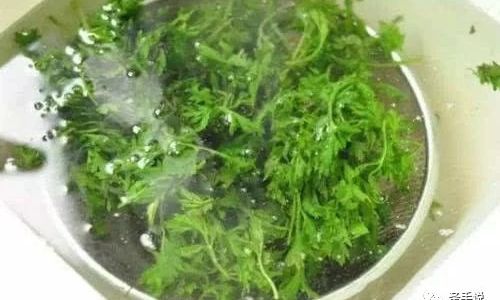
- Add Companion Herbs: Combine with mint, ginger, or chamomile for layered complexity.
- Sweeteners: A drizzle of honey or maple syrup balances bitterness.
- Acidic Agents: A squeeze of lemon juice brightens the flavor profile.
Chapter 4: Post-Boiling Techniques
1 Straining and Storage
- Straining: Pour the brew through a sieve into a heatproof container. Press leaves with a spoon to extract residual liquid.
- Storage:
- Refrigeration: Lasts up to 1 week in an airtight container.
- Freezing: Pour into ice cube trays for 3–6 months; use cubes in smoothies or soups.
2 Reusing Leaves
- A second boiling (5–10 minutes) extracts residual nutrients, though the flavor will be milder.
3 Waste Utilization
- Compost spent leaves or repurpose them as fertilizer for acid-loving plants like blueberries.
Chapter 5: Health Benefits and Safety Considerations
1 Therapeutic Applications
- Digestive Health: Alleviates bloating, constipation, and indigestion.
- Menstrual Support: Eases cramps and regulates cycles (consult a healthcare provider before use).
- Anti-Inflammatory: Reduces joint pain and skin irritations when applied topically.
- Antimicrobial: Combats bacterial and fungal infections.
2 Precautions and Contraindications
- Pregnancy: Avoid due to potential uterine stimulation.
- Allergies: Test a small patch before topical use.
- Medication Interactions: Consult a doctor if taking anticoagulants or diabetes medications.
Chapter 6: Culinary Applications
1 Traditional Dishes
- Korean Ssukgutju (Mugwort Soup): Simmer leaves with beef, soybean paste, and tofu.
- Japanese Kusa Mochi: Sweet rice cakes flavored with mugwort juice.
- Chinese Qingtuan: Glutinous rice balls filled with red bean paste, popular during Qingming Festival.
2 Modern Recipes
- Mugwort Pesto: Blend with basil, pine nuts, and Parmesan for a bitter-herbaceous twist.
- Infused Oils: Submerge cooked leaves in olive oil for 4–6 weeks; use in dressings or marinades.
- Cocktails: Muddle leaves with gin, lime, and honey for a botanical gin & tonic.
Chapter 7: Ritual and Cultural Practices
1 Smudging and Purification
- Burn dried mugwort bundles to cleanse spaces of negative energy, a practice common in Native American and Shinto traditions.
2 Moxibustion
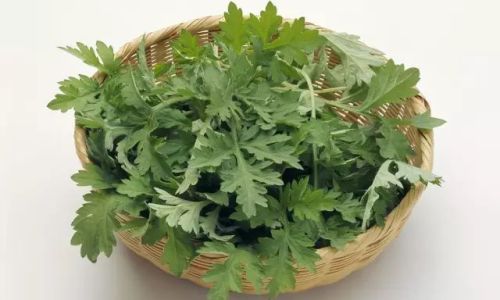
- TCM practitioners burn mugwort cones (moxa) over acupuncture points to warm meridians and boost qi.
3 Festivals and Celebrations
- In Korea, mugwort is a key ingredient in ssukgatguk (mugwort rice cake soup) served during Chuseok (Harvest Moon Festival).
- European folklore advises placing mugwort under pillows to induce vivid dreams.
Chapter 8: Troubleshooting and FAQs
1 Why Is My Mugwort Tea Bitter?
- Overboiling or using mature leaves increases bitterness. Reduce simmering time or add sweeteners.
2 Can I Boil Mugwort Stems?
- Stems are fibrous and less flavorful; stick to leaves for optimal results.
3 How Long Does Boiled Mugwort Last?
- Refrigerated: 5–7 days.
- Frozen: 3–6 months.
4 Is Mugwort Legal?
- While legal in most countries, thujone-rich species like Artemisia absinthium (wormwood) are restricted in some regions. Confirm local regulations.
Conclusion
Boiling mugwort leaves is a gateway to exploring a plant steeped in history, science, and culture. From ancient rituals to avant-garde cocktails, its adaptability ensures enduring relevance. By mastering the techniques outlined in this guide, you’ll gain the confidence to experiment safely, whether crafting a healing tonic or a gourmet delight. Remember to approach mugwort with respect—honoring its legacy while adapting it to your modern lifestyle. As herbal traditions evolve, so too does our appreciation for nature’s pharmacy, one boiling pot at a time.
Final Tip: Start small, document your results, and share your discoveries. The world of mugwort awaits—boil, sip, and savor the journey.
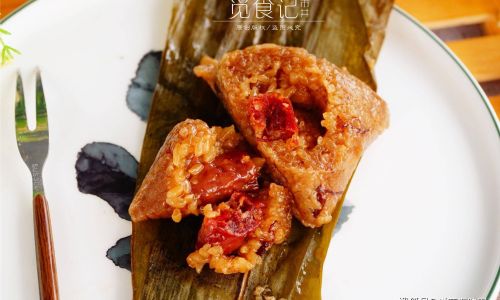
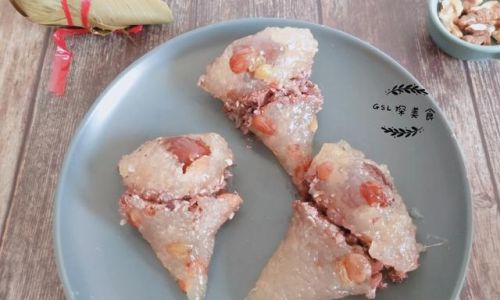
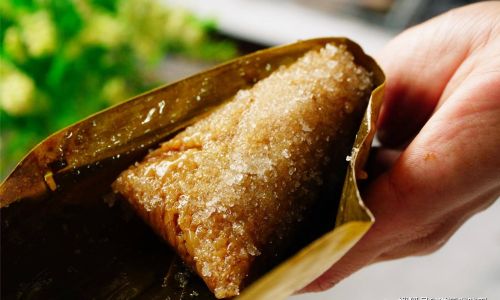
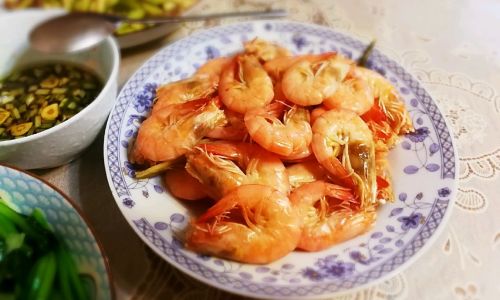


0 comments